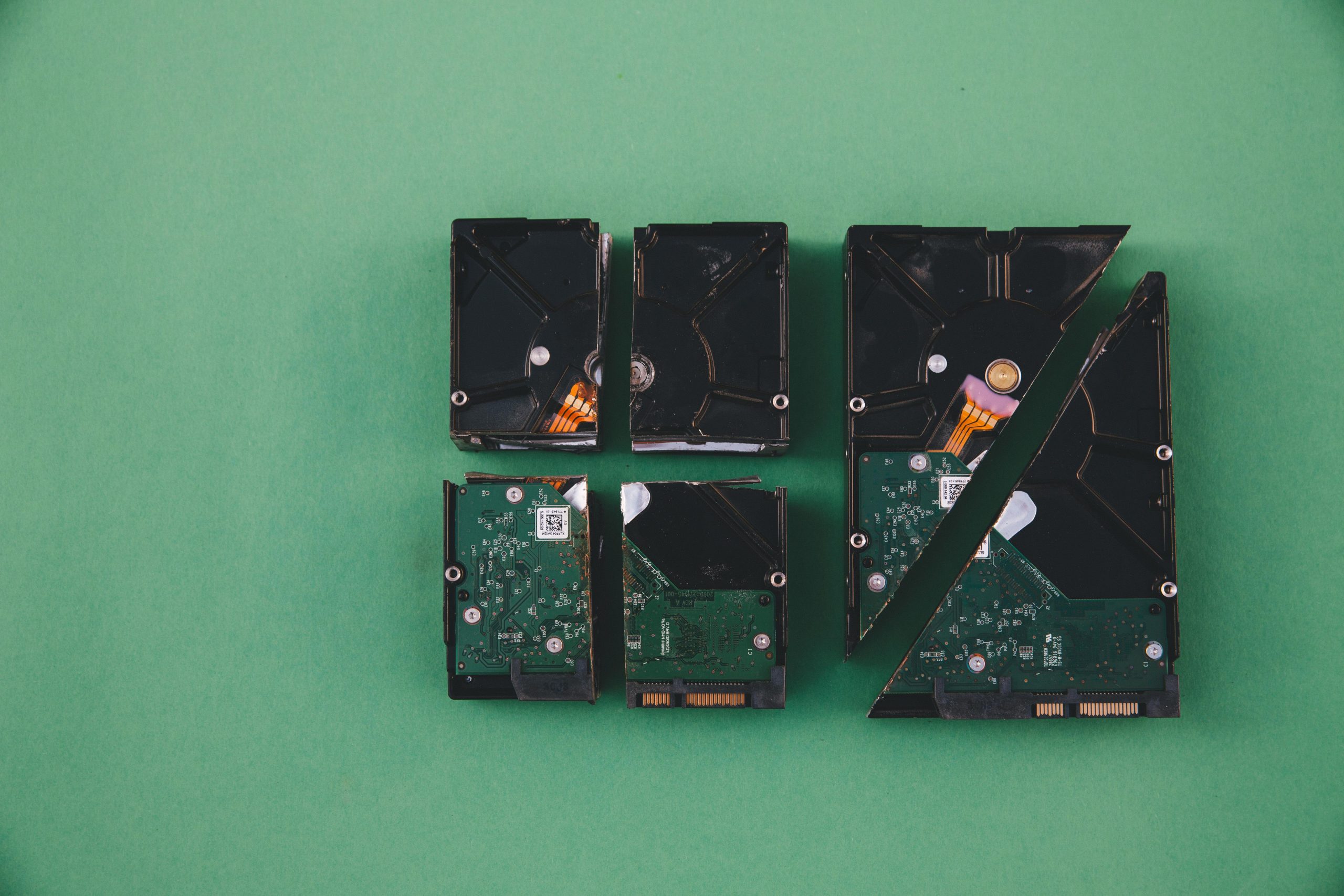Running out of storage space on your Windows 11 PC can be frustrating, especially when you don’t want to delete important files. Fortunately, there are several ways to free up space without sacrificing your documents, photos, or applications. Whether you’re dealing with a nearly full hard drive or just looking to optimize storage, these solutions will help you reclaim space efficiently.
1. Use Storage Sense to Automatically Free Up Space
Windows 11 includes a built-in feature called Storage Sense that helps manage disk space by automatically cleaning unnecessary files. Here’s how to enable and configure it:
- Open Settings and go to System > Storage.
- Turn on Storage Sense to let Windows automatically delete temporary files and empty the Recycle Bin.
- Click Configure Storage Sense or run it now to customize how often it runs and which files it removes.
Storage Sense can target temporary files, old Windows update remnants, and unused app data, helping you recover space without manual effort.
2. Compress Files and Folders to Save Space
Windows 11 allows you to compress files and folders, reducing their size while keeping them accessible. This is particularly useful for large documents or archives you don’t frequently use.
How to Enable File Compression
- Right-click the file or folder you want to compress and select Properties.
- Under the General tab, click Advanced.
- Check the box for Compress contents to save disk space and click OK.
- Apply the changes to the folder and its contents.
Compressed files remain usable but take up less storage. However, avoid compressing system files or frequently accessed data, as it may slow down performance.
3. Move Files to Cloud Storage or External Drives
If your PC is running low on space, consider offloading files to cloud storage services like OneDrive, Google Drive, or Dropbox. Alternatively, transfer them to an external hard drive or USB storage device.
Using OneDrive for File Storage
- Sign in to OneDrive with your Microsoft account.
- Drag and drop files into the OneDrive folder to sync them to the cloud.
- Enable Files On-Demand to keep files in the cloud while freeing up local space.
External drives are another great option for archiving large media files, backups, or infrequently used documents.
4. Disable Hibernation to Reclaim Disk Space
The hibernation feature in Windows saves your system state to a file (hiberfil.sys), which can consume several gigabytes of space. If you don’t use hibernation, disabling it can free up storage.
Steps to Turn Off Hibernation
- Open Command Prompt as Administrator.
- Type the command: powercfg /h off and press Enter.
- Restart your PC for the changes to take effect.
This removes the hibernation file and recovers valuable disk space. However, you’ll lose the ability to hibernate your PC.
5. Clear System Restore Points and Shadow Copies
Windows creates System Restore Points and Shadow Copies for backup purposes, which can accumulate over time. Reducing these can free up significant space.
How to Manage Restore Points
- Search for Create a restore point in the Start menu and open it.
- Select your system drive and click Configure.
- Adjust the disk space usage slider or click Delete to remove old restore points.
Be cautious when deleting restore points, as they are useful for recovering from system issues.
Conclusion
Running out of storage on Windows 11 doesn’t always mean you have to delete files. By using tools like Storage Sense, file compression, cloud storage, and system optimizations, you can reclaim space efficiently. Try these methods to keep your PC running smoothly without losing important data. If you still need more space, consider upgrading your storage drive for a long-term solution.
